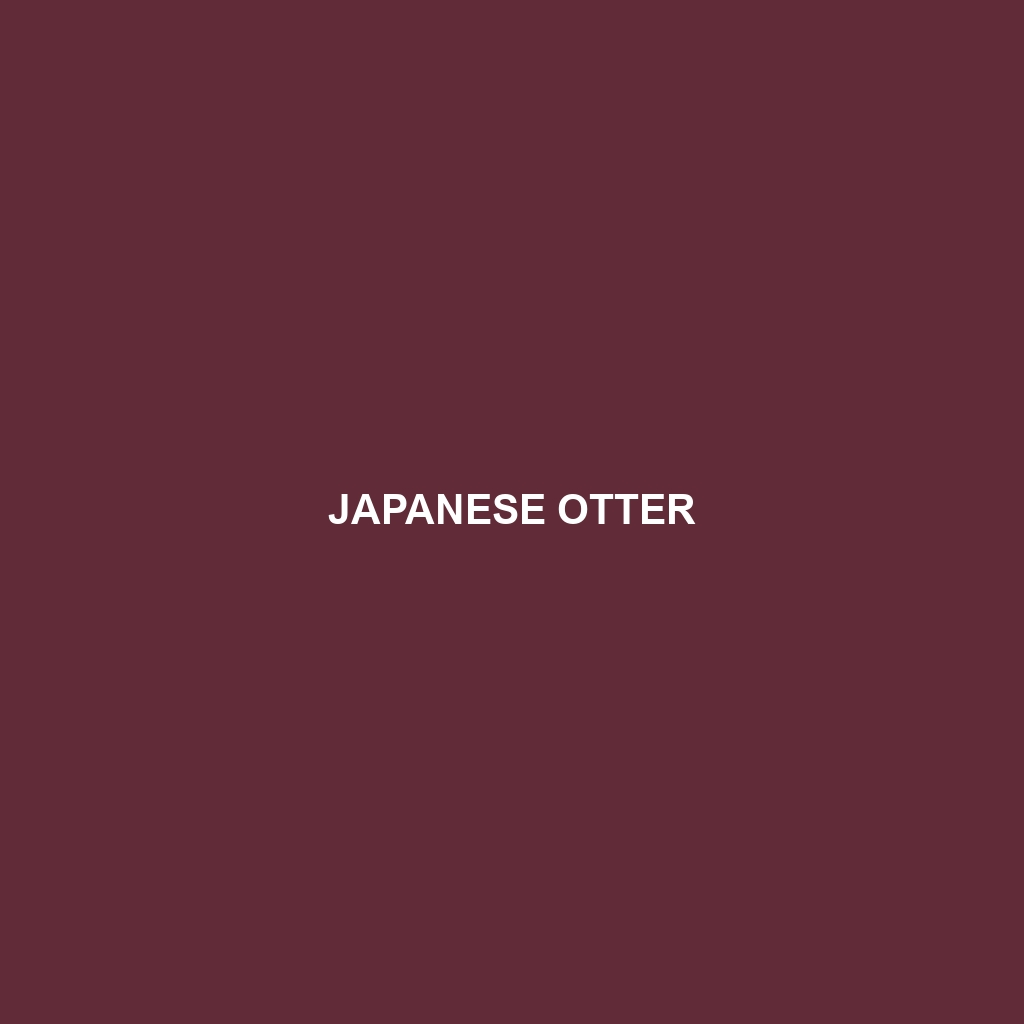Eurasian Otter Species Description
Common Name: Eurasian Otter
Scientific Name: Lutra lutra
Habitat: The Eurasian Otter is primarily found across Europe, Asia, and parts of North Africa. These otters favor freshwater habitats, including rivers, lakes, and marshes. They thrive in regions with abundant vegetation and proximity to water bodies, making areas like wetlands and forested riverbanks ideal for their survival. Their adaptability allows them to inhabit both densely populated areas and pristine wilderness, although pollution and habitat destruction pose significant threats to their populations.
Physical Characteristics: The Eurasian Otter is a medium-sized mammal, typically weighing between 5 to 10 kg (11 to 22 lbs) and measuring around 60 to 90 cm (24 to 35 inches) in length, with males generally larger than females. They possess a streamlined body covered in dense, water-repellent fur, primarily brown in color, which helps them maintain warmth in colder environments. Distinctive features include a flattened head, rounded ears, and webbed feet, which enhance their swimming abilities. Their long, muscular tails aid in propulsion while diving and maneuvering in water.
Behavior: Eurasian Otters are predominantly nocturnal, engaging in hunting and foraging during the night. They are highly social animals, often seen in family groups or pairs. Known for their playful behavior, they engage in sliding down mud or snow banks and swimming races. Their vocalizations include growls, whistles, and chirps, which are used for communication, especially during mating or territorial displays. Additionally, they are territorial animals, marking their territory with feces and scent markings.
Diet: The diet of the Eurasian Otter primarily consists of fish, but they are opportunistic feeders that also consume amphibians, crustaceans, and small mammals. Their hunting techniques vary, employing methods such as diving or stalking in shallow waters to catch prey. This diverse diet helps them adapt to different habitats and seasonal changes, reflecting their role as both predators and prey within their ecosystems.
Reproduction: Eurasian Otters typically breed in late winter to early spring, with a gestation period of about 60 to 63 days. The females give birth to a litter of 1 to 6 cubs, which are dependent on their mother for several months. Interestingly, in some cases, female otters can delay implantation of the fertilized egg, allowing for greater flexibility in breeding timing based on environmental factors. Cubs are born blind and helpless, gradually gaining independence around 5 to 6 months of age.
Conservation Status: The Eurasian Otter is currently classified as “Near Threatened” by the International Union for Conservation of Nature (IUCN). Although populations are recovering in some regions due to conservation efforts, they remain vulnerable to habitat loss, pollution, and road mortality. Increased awareness and habitat protection initiatives are crucial for ensuring their long-term survival.
Interesting Facts: One fascinating fact about the Eurasian Otter is their ability to use tools; they have been observed using stones to crack open shellfish. Additionally, they can hold their breath underwater for up to 2 minutes while diving in search of food. This adaptability showcases their intelligence and resourcefulness in various environments.
Role in Ecosystem: The Eurasian Otter plays a vital role in its ecosystem as a top predator. By controlling fish populations, they help maintain a balanced aquatic environment. Their presence is indicative of a healthy ecosystem, as they are sensitive to changes in water quality and habitat degradation. Furthermore, the otter’s activities, such as feeding and foraging, create habitats for other species, contributing to biodiversity.
